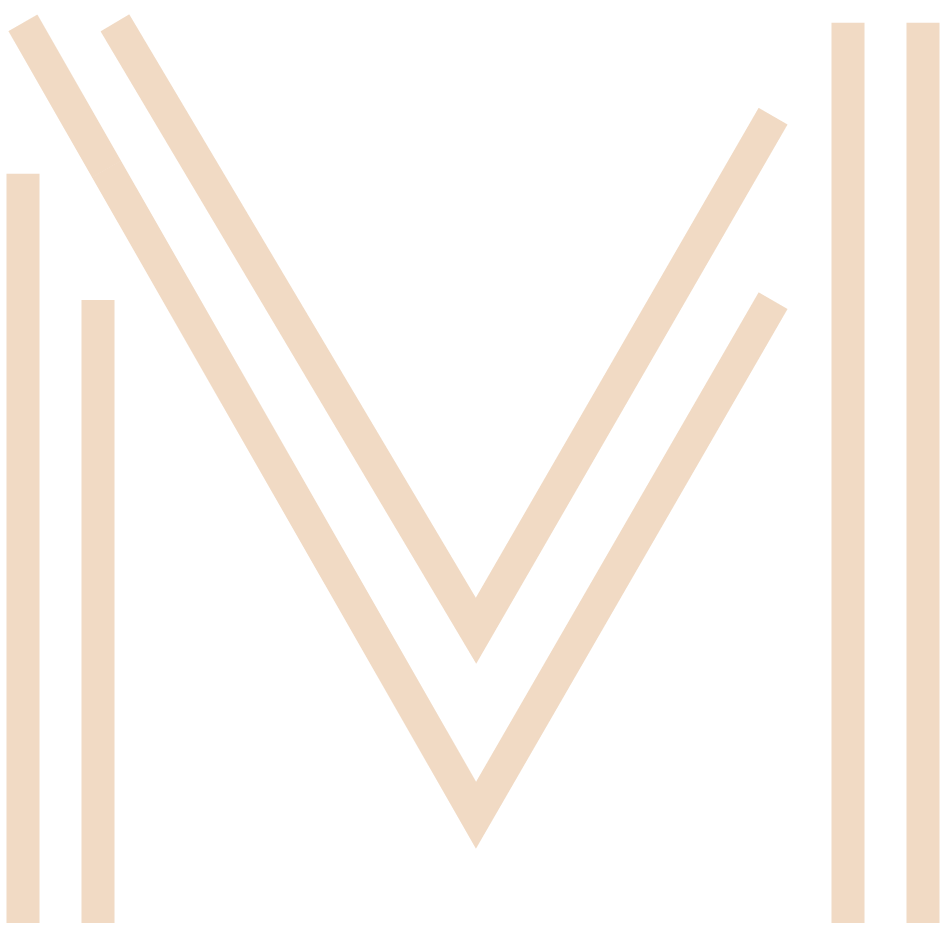I had a professor once that taught a theory class dissecting the "projects" of a handful of famous architects. Project here was defined as a rigorous set of agendas to look for in the body of work of an architect/firm. Though the nature of architecture as a site & context specific art form does not allow for a singular, bullet-proof reading of every building, the method of evaluating architecture in this way allows one to understand how though all may have a subjective reading of a particular work, there do exist some objective reasonings provided by the architect that can be used to fact check the reality of a building.
Anyway,
one visit to a built work (Diller Scofidio's ICA) brought up the question of whether the architect treated the entry facade of the building as a "surface" or as a "volume". Unfortunately for me I was the target of the question, and, not only did I not understand what the difference was, but I also did not understand why that would even matter. But one-and-a-half years later I feel as though I know. Take two buildings (sister buildings actually): the Prada store and the Miu Miu store, both in Aoyama, Tokyo, both by Herzog & de Meuron. The Prada Aoyama store employs a three-fold usage of bespoke, rhomboid-shaped glass panels: they define space, provide vertical + lateral bracing, and are variated both concavely and convexly to provide visual interest on both sides of the envelope. Here, the strategy of the facade is to serve the space within. The architects are treating the facade as a volume; it is the volume of the building which is emphasized. The Miu Miu store is very obviously different from sister across the street, much like the difference between the fashions themselves. Though both hailing from Miuccia Prada, Miu Miu is, to quote Jacques Herzog, "more erotic" than the more sophisticated Prada. And so it would follow that the full transparency given to the Prada store is altogether inappropriate for the sensibility of Miu Miu. What we are instead presented with is a box with lids on either side that seem to be just barely open. On all sides, the envelope is defined by a sharp, thin metal, polished in a highly reflective band at the level of the human body. The entry facade feels as though it is open just enough to allow visitors to walk under and see the "proper facade" of glass that runs floor to ceiling on both floors of the store. One would not even realize the glass of this face of the building unless one walked directly under the "lid" that tilts outward. This move is alluring, seductive almost in its tease and subsequent reveal of the glass. The reasoning here, in line with Miu Miu's overall concept, is not to draw attention to the space inside. One must "overcome" the lid of the facade before one can know what is going on within the building. The architects here are treating the facade as a surface, it is the immediate surface of the building which is emphasized.
